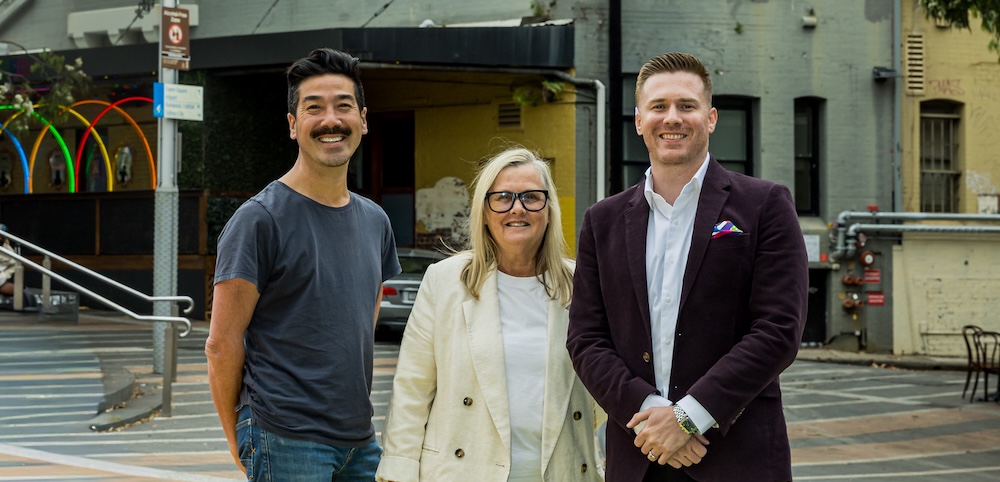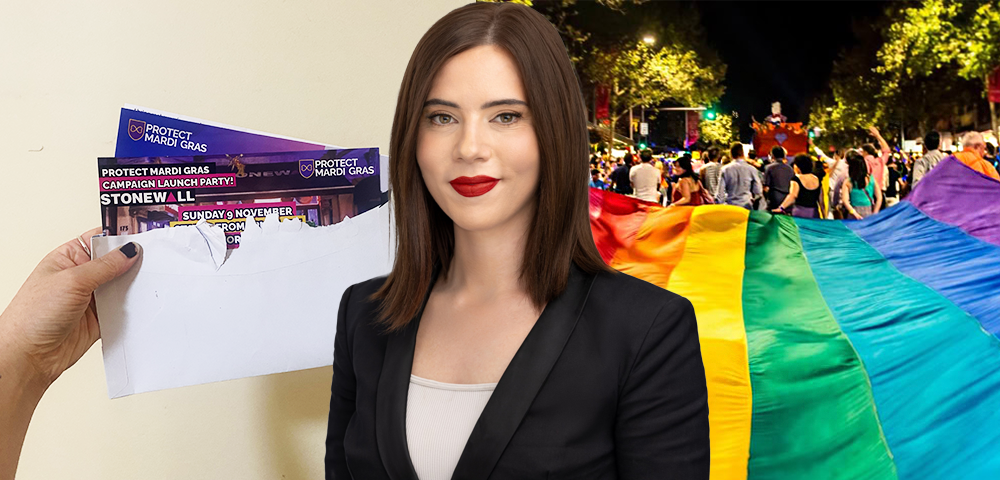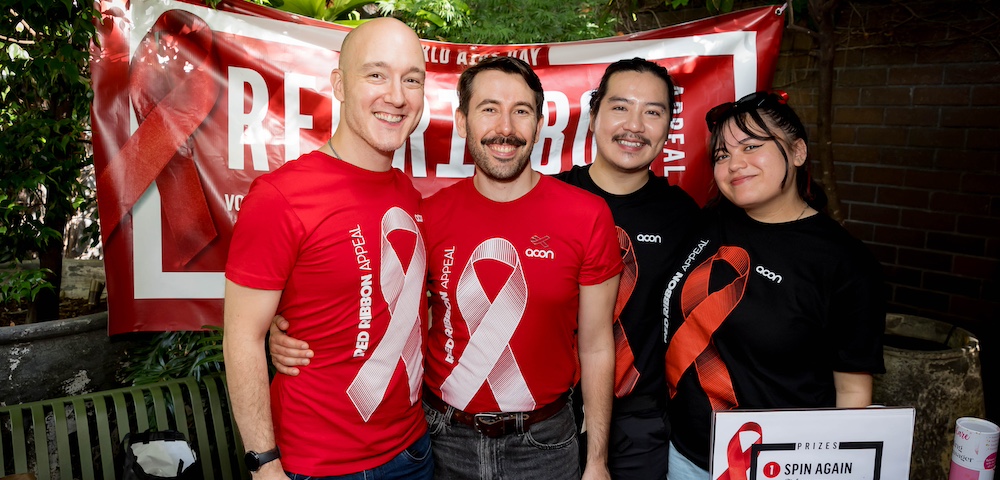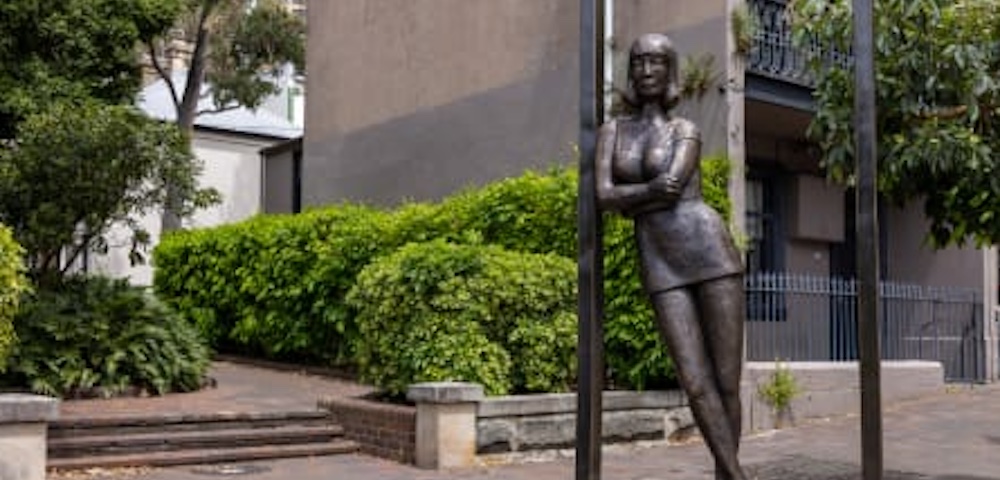
Speedo Man
In the annals of great Australian inventions of the 20th century, the Speedo swimsuit stands alone. The Victa lawnmower and the Hills hoist were both practical, labour-saving devices in their own sweet suburban way, but their aesthetics and raw sex appeal fade to black when placed next to the Speedo. A design that has now been copied worldwide, the Speedo revolutionised men’s beach wear forever.
Not long after Peter Travis designed the first Speedo swimsuits in 1961, a zealous beach inspector at Bondi arrested a group of men who were wearing the new costumes. They were brought to court but the case was dismissed as the magistrate decreed the swimsuits revealed no pubic hair. The court case proved to be a publicity boon for Speedo: suddenly, everyone wanted a pair of the fetching new togs.
Things have never been the same since.
When Travis first designed the Speedo, style consciousness in men’s fashion was beginning to creep back in after the enforced austerity of the 1950s, he says.
Speedo had brought back a Hawaiian shirt and boxer shorts from America, and they said, -˜We want you to make this,’ he recalls. And I said, -˜The whole world will copy this; I’ll make you something the rest of the world doesn’t have.’
The first thing I did was make the swimsuit fit, and make it so that most people would feel comfortable in it, he says. What was 15 inches got cut down ultimately to just below three.
Before Travis’s design hit the market, men’s beach wear consisted of three main styles: the boxer short, the form-fitting trunk and the full-length swimming suit with shoulder straps.
Most people wore the trunks, and they were supposedly form-fitting, but it was a period when modesty was important so they were excessively big. They were too long for the body. If you wore them so the waist was on your waistline, then the crotch was down in between your thighs, Travis says with a chuckle. Other styles came with a great big piece of floppy material in front called a half-skirt, he says.
The distinctive Speedo design quickly became an Australian icon. However, the design holds an especially firm place in the heart of many a gay man. What’s Travis’s theory to explain that?
If you look through history, I suppose there’s a little more consciousness of design among gay men, a greater sensitivity, he says. They have always been the forerunners; the attitude is quicker to accept something new. But they’re very perceptive, and they don’t choose things that are not good.
Gay men’s appreciation of the Speedo design was affectionately rendered in a special show during the Mardi Gras Pool Party a few years ago. For this year’s Mardi Gras festival, Travis is exhibiting a range of his original Speedo garments, along with sketches, swatches and photographs from the era of men modelling the items. A fashion parade of original 60s Speedo designs will kickstart the exhibition on Sunday 10 February.
Travis may be remembered as the father of the Speedo, but his career in design has been eclectic, to say the least. From industrial design to lecturing, from working in ceramics to designing kites, he has moved from project to project, designing, re-designing, making and re-making.
My sojourn in fashion has been very small, with all the other things that I have done, he says. But all the design that I do has the same principles applying.
The best place to divide the body is not on the waist, it’s just on the hipline; it’s the most pleasant in proportion, he explains. Things look great if they are in the right proportion. Secondly, they must have colours that relate in some way. I see lots of terribly ugly prints. Colours should be selected that really enhance the person, the personality and the body.
I think there is a universal attractiveness about a design when it is right; everybody likes it. My aim is to create things that are timeless.
With the Speedo swimsuit, Peter Travis certainly did that.
Â
The exhibition Peter Travis: The Revolution runs Tuesdays to Sundays from 10am to 5pm from 10 February to 3 March at the Manly Art Gallery and Museum, West Esplanade Reserve, Manly. Admission is $10 or $5 for concessions and Mardi Gras members. Proceeds go to the Bobby Goldsmith Foundation. Models are still needed for the fashion parade, on Sunday 10 February at 3pm. Interested models should call 9660 7865.









